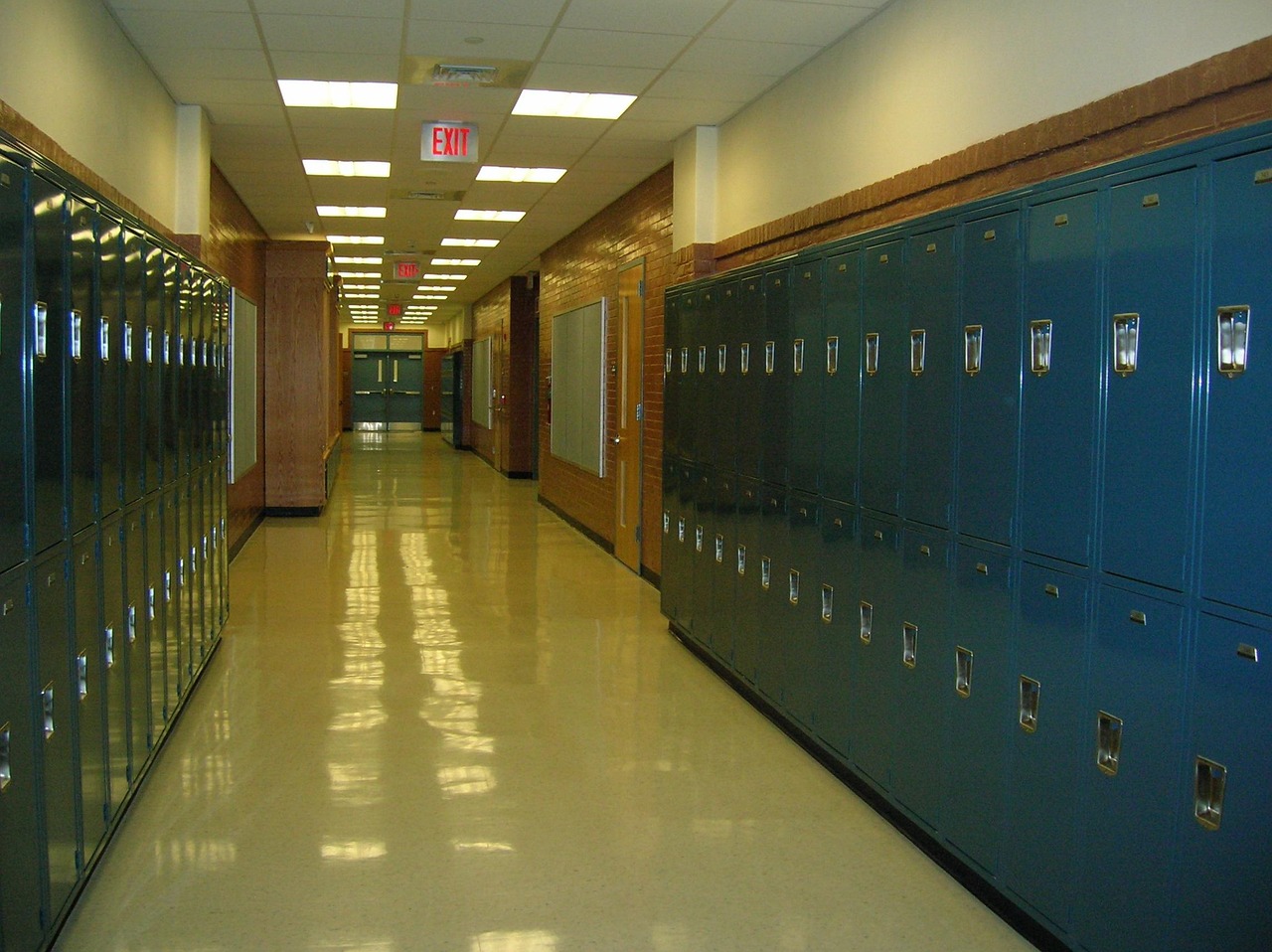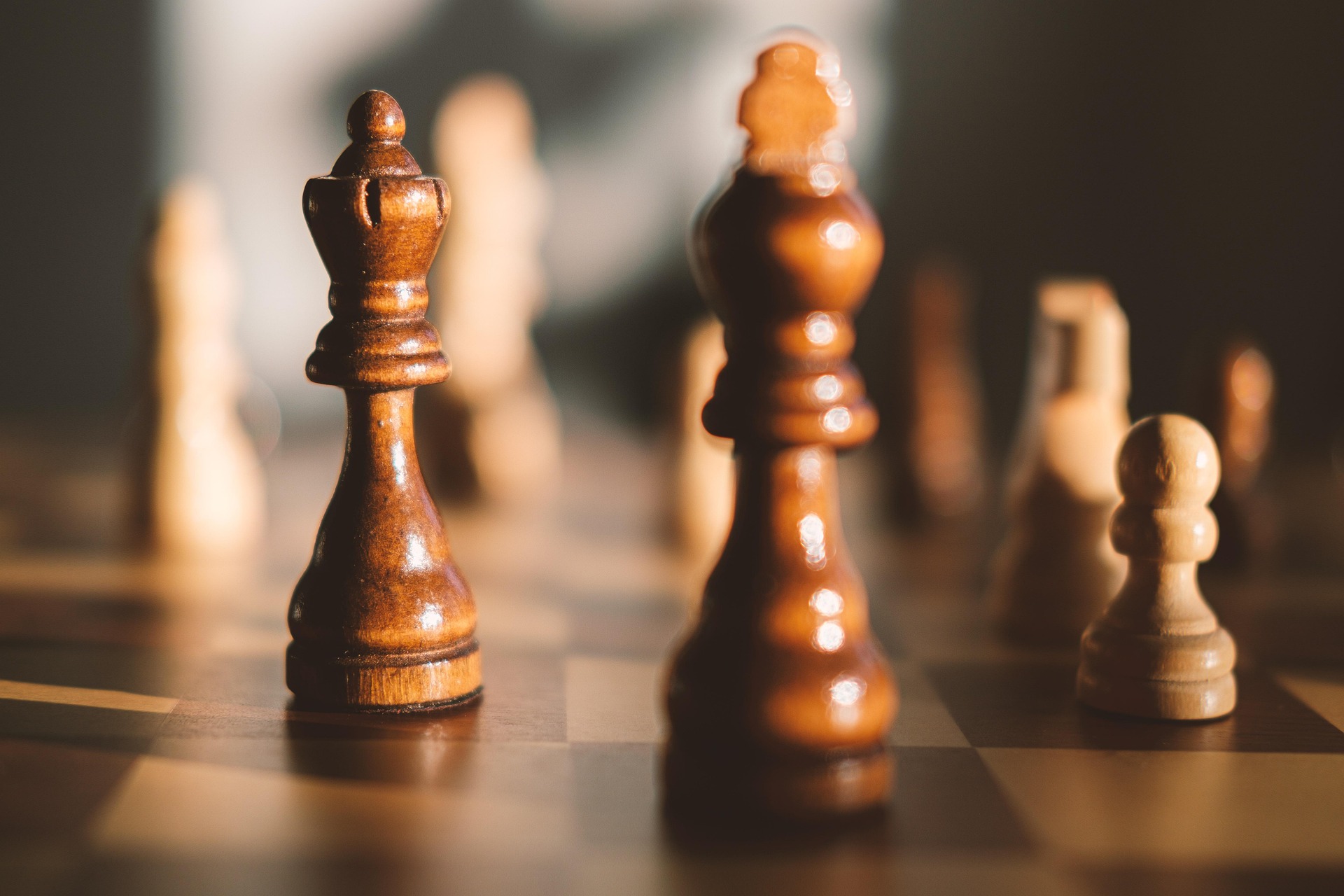The Book Thief by Markus Zuzak Boy Swallows Universe by Trent Dalton The Secret History…
Aussie kids need Aussie books, too
As I flew into Heathrow Airport for the first time, I felt like I had arrived home. Here I was, in the land of the Famous Five, The Secret Garden and Alice in Wonderland.
The only problem was, I’d actually grown up in regional Victoria and had never even stepped foot in the United Kingdom.
My sense of place in England came almost solely from a childhood spent with my nose in a book that had been written and set in its meadows, seaside or boarding schools.
From my suburban home, I had explored Enid Blyton’s enchanted forest and imagined drinking lemonade in the Devon countryside with the Famous Five. I had arrived at the bustling train station with Paddington Bear and made friends with Peter Rabbit, Jemima Puddle-Duck and Tom Kitten. I had paddled down the river with Mole and Toad and played in Hundred Acre Wood with Winnie the Pooh and his friends. I had celebrated white Christmases in earmuffs and scarves, no seafood, sandy beaches, boogie boards or barbeques in sight.
Regardless, I devoured the stories, and asked for more of the same. I had no idea that there were similarly wonderful books that reflected more closely the life I lived and the people I knew.
As a result, I have always felt a strong affinity with the UK; an affinity which feels a little disproportionate, seeing that the first time I set eyes on Europe was in my mid-20s.
For a long time, the dearth of Australian literature I experienced growing up impacted on my perspective of my home. While I love my country, it has taken me a long time to recognise its beauty and uniqueness, to see it in the rosy glow that art, whether written or pictorial, can bestow on a place. I failed to notice the beauty in the dusk sun casting its pink light on a majestic eucalypt, the crunch of bracken underfoot and the minty, dry smell of the bush, the sight of a disused windmill and lonely farmhouse alongside a dusty paddock. Instead, I craved green fields and pebbly beaches.
In The Art of Travel Alain de Botton wrote about the ability of art to help its viewer, reader or listener to more fully appreciate what they might have already seen or known. He wrote of Van Gogh’s ability to capture the colour and light of Provence’s fields, skies, flowers and people in such a way as to open the viewer’s eyes to its natural beauty.
“[Art] contributes to enthusiasm and guides us to be more conscious of feelings that we might previously have experienced only tentatively or hurriedly.”
It seems to me to be a shame that I grew up without viewing my country in this way, and not to have seen myself and my own experience reflected, and validated, through literature.
While I loved reading about British children, I can only imagine how much more influential these books would have been if they had enabled me to enjoy the story through the eyes of an Australian child in a landscape I recognized.
My mother-in-law, who has a strong sense of connection with the Australian land and its animals, has ensured that my children do not miss out on experiencing their country in literature, and has introduced them, and belatedly, me, to the many books about our country, written by Australian authors.
We love There’s a Possum in the House, Edward the Emu, Possum Magic and Wombat Stew, and The 12 Days of Aussie Christmas, which eschews partridges and pear trees in favour of utes and bush rats.
As an adult, I try not to make the mistake of being seduced solely by far-off continents when I read.
Tim Winton’s books have reintroduced me to the beauty of Australia’s coastline and small communities, while in Three Dog Night, Peter Goldsworthy has highlighted the beauty of the red dirt and the Australian outback, which I had previously considered barren and hostile.
In contrast, Monkey Grip by Helen Garner dazzled me with its intimate view of a city with which I was already familiar. It was a revelation for me to read a book that spoke of my geographical place in the world, if not my direct experience. It made me realise that Australia was a part of that world where all of the books of my childhood and young adulthood had been set, not just an afterthought on its outskirts.
More recently, The Slap has given me insight into issues that I recognise, with characters who are so familiar to me, while Three Dollars by Elliot Perlman highlighted social issues in Melbourne, where I have lived on and off throughout my adult life.
Australia’s past is also richly deserving of attention in the world of literature, with its historical fiction including A Fortunate Life and The Secret River giving readers an invaluable insight into our brutal, fascinating past.
Of course, I still love to read books set all around the world. I want to experience the lives of those far removed from my own, to visit bustling markets, stone castles and arid deserts in the pages of a book.
But I will not dismiss the value of reading about my own country, in the words of those who know it best. I will not automatically look elsewhere for stories that interest and inspire me, but will have the courage and curiosity to hold my gaze in the mirror that literature can hold up, reflecting my life and my world.
Only through choosing books from closer to home can we really comprehend our place in the world, see the beauty of the land we live in and understand the diverse experiences of the people we live alongside and whose history we share.
My top Australian children’s and young adult books
- Edward the Emu
- Possum in the House
- There’s a Sea in my Bedroom
- Playing Beattie Bow
- Looking for Alibrandi
- Came Back to Show you I Could Fly
- Puberty Blues
Seven quintessential Australian novels
- The Thorn Birds
- The Kelly Gang
- Cloudstreet
- My Brilliant Career
- Harp in the South
- Picnic at Hanging Rock
- Seven Little Australians
Children’s books about Indigenous culture
- When the Snake Bites the Sun
- The Whalers
- The Rainbow Serpent
- Tiddalick The Frog Who Caused a Flood




Comments (0)